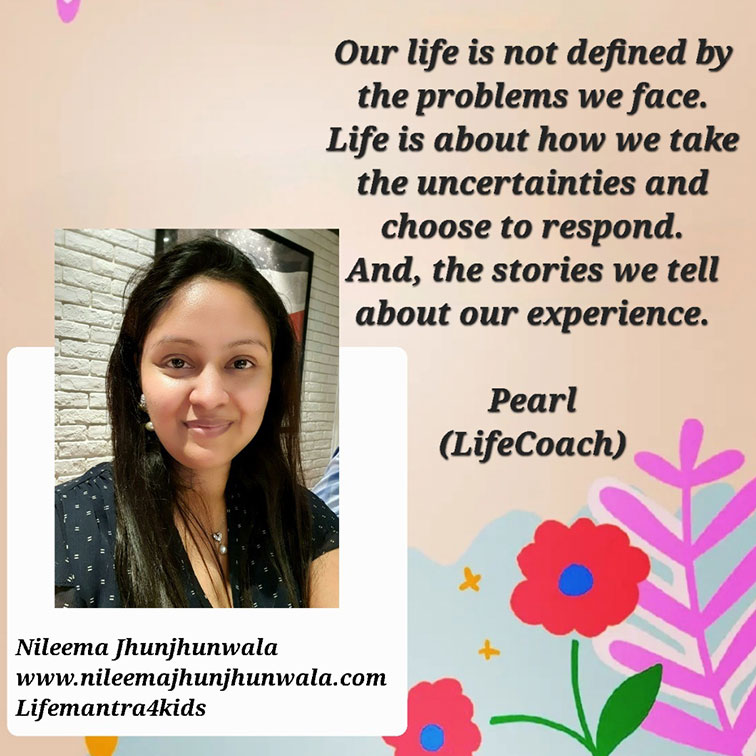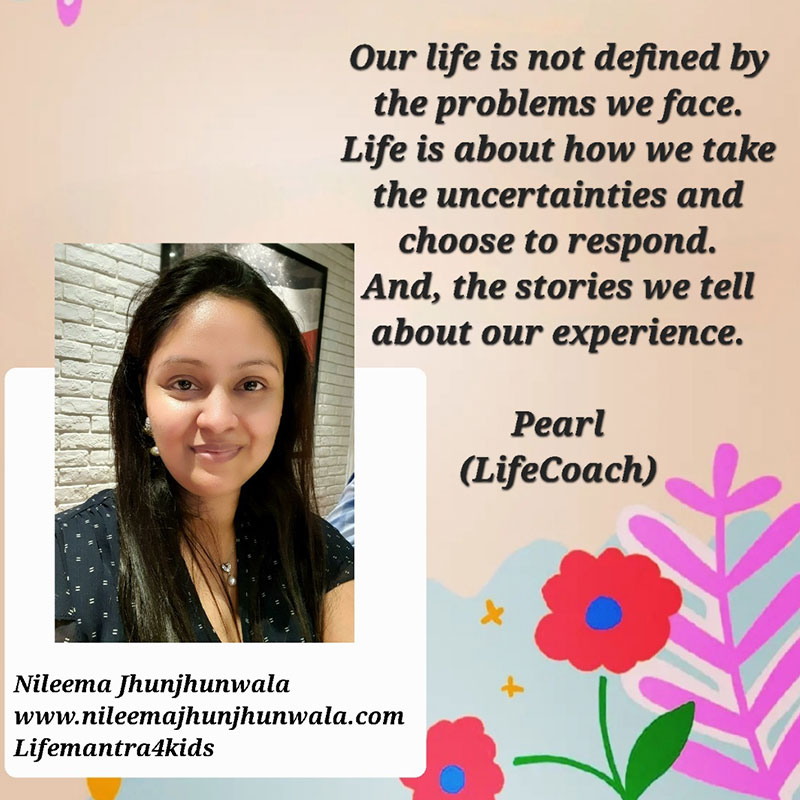5 Days of Deepavali
In India Deepavali festivities starts two days before the actual Deepavali, celebrated during the Hindu Lunisolar month Kartika. Or should I say way before, as in the lead-up to Deepavali, worshippers start preparation way before by decluttering, spring-cleaning, refurbishing, and adorning their homes, offices, shops and factories. Though different food is being prepared on each holy day, a few savouries are kept prepared beforehand to greet families and guests.
Mostly the festival is associated with revering of Lord Ganesha (God of beginnings) and Goddess Laxmi (Goddess of wealth), but there are many other provincial traditional tales linking it to divine couple Sita and Rama, Lord Vishnu, Loving lord Krishna, Yama, Yami, Devi Durga, Kali, Dhanvantari and Vishvakarma. Also a few among us celebrate the day in memory of home coming of Lord Rama alongside Devi Sita after defeating the ten headed, demon-king Ravana, after fourteen years of exile.
The five-day long celebrations begin from ‘Dhanteras’ celebrated on the thirteenth lunar day of Krishna Paksha in the month of Kartik. Dhanteras is the worship of lord Dhanvantari (the Vaidya of Gods), who emerged during ‘Samudra Manthan’, holding a Kalasha full of Amrit in one hand and the sacred book on Ayurveda in the other hand. The Indian ministry of Ayurveda, Yoga and Naturopathy, Unani, Siddha and Homeopathy, has announced and observe Dhanteras, as the “National Ayurveda Day” (first observed on 28 October 2016).
The second day is Roop Chaudas, Choti Diwali, Naraka Nivaran Chaturdashi or Bhoot Chaturdashi. Traditional tale is that on this day Devi Kali killed the asura Narakasura. Hence also referred to as Naraka-Chaturdashi or Kali Chaudas, inspiring us to eradicate laziness and malice as these vices create hell in our life. The rituals of Kali Chaudas is also suggestive of the origin of Deepavali as a harvest festival. On this day delicacies are prepared from pulverised semi-cooked rice (called Poha).
Across communities, in whole Indian devotees observe main Deepavali on the third day, which is the darkest night (amawsya) of the traditional month. This day we perform Lakshmi Puja. Whole house is decorated with diyas, lights, rangoli and people wear new garments, enjoy savouries and share gifts.
The day after Lakshmi Puja, marked with the Govardhan Puja and Balipratipada (Padwa), is dedicated to the relationship between wife and husband. Bali Padyami, Padva, Virapratipada or Dyutapratipada, is the fourth day of Deepavali. Balipratipada honours the annual return of Mahabali to earth and the victory of Vamana – fifth of ten creative incarnations of Lord Vishnu.
The last day is dedicated to the bond between sister and brother. Bhai Dooj, Bhaubeej, Bhai Tika, Bhai Phonta is a festival celebrated by us on the second lunar day of Shukla Paksha (bright fortnight) in the Vikram Samvat Hindu calendar month of Kartika.
India is a land of traditions, celebrations and stories. There are many regional retellings and rituals relating to Deepavali. However, in all forms, this festival of lights signifies the mystical triumph of light over darkness, awareness over ignorance and good over evil.
Happy Deepavali!
– Nileema Jhunjhunwala


